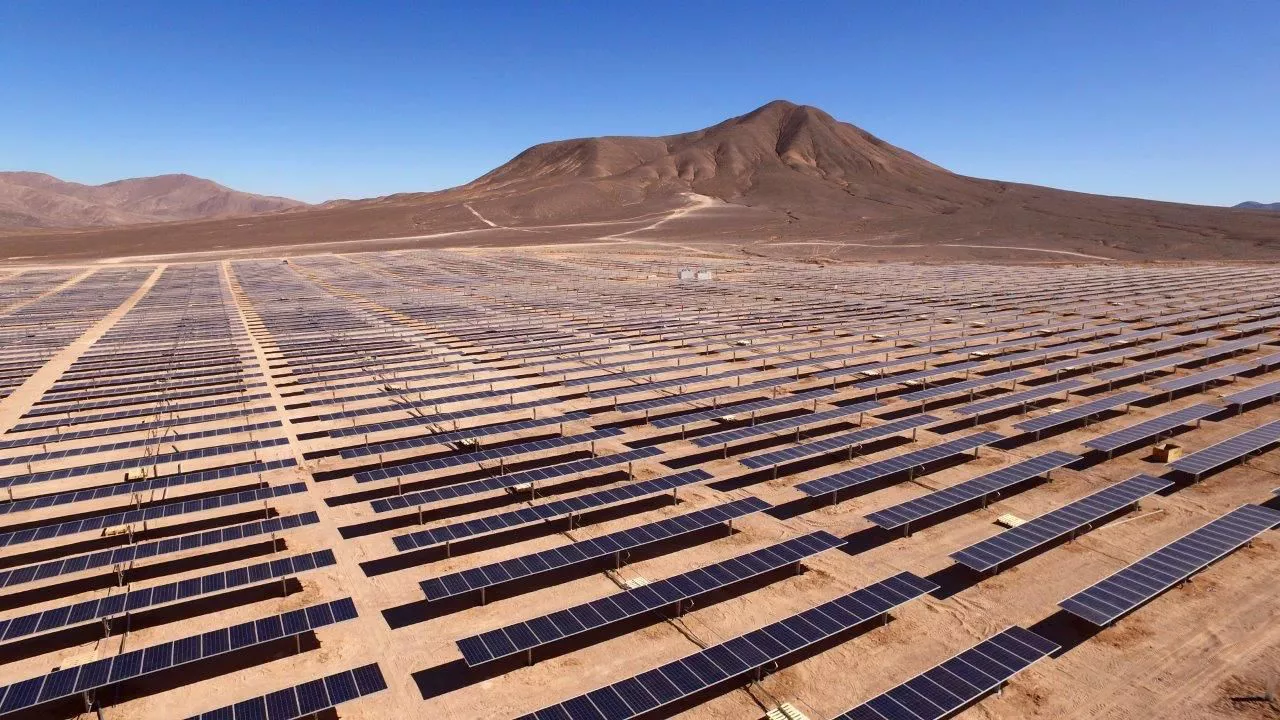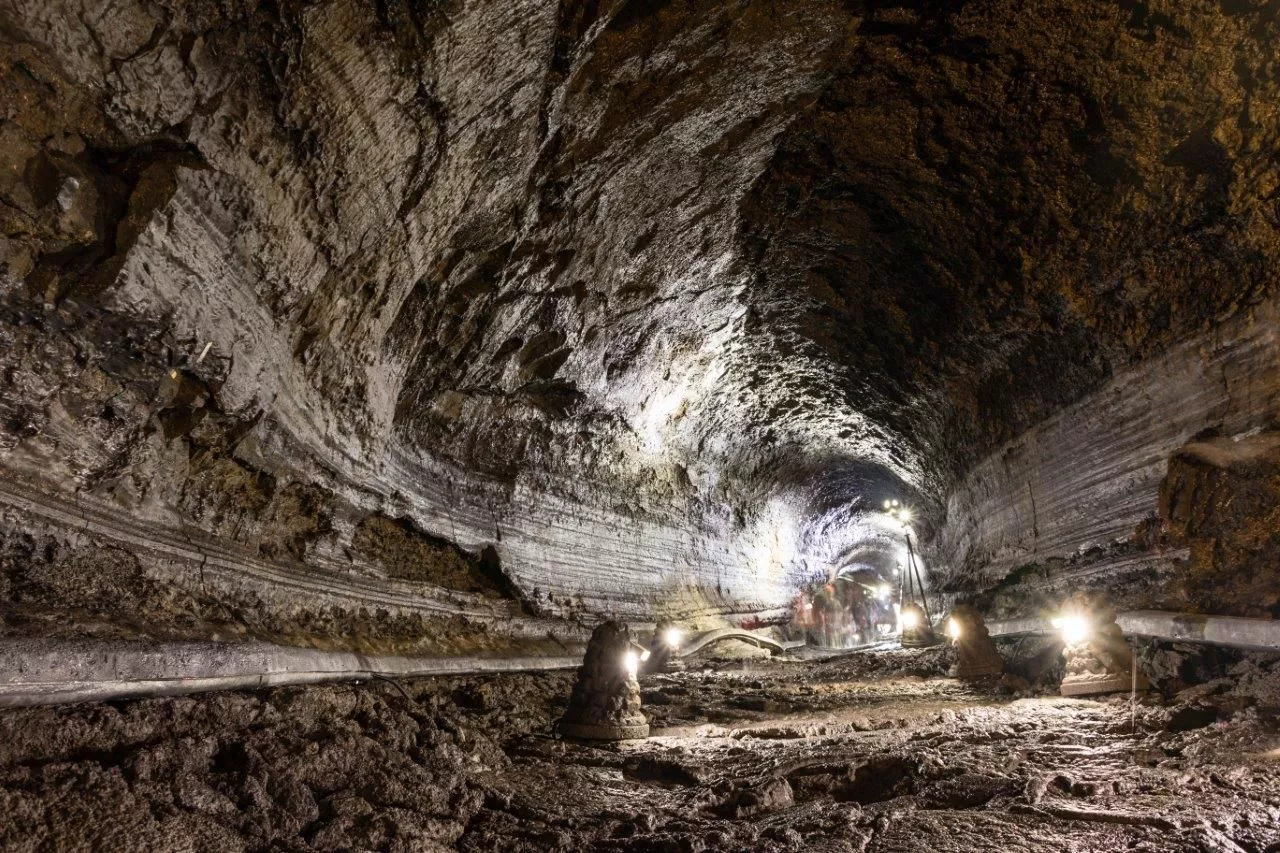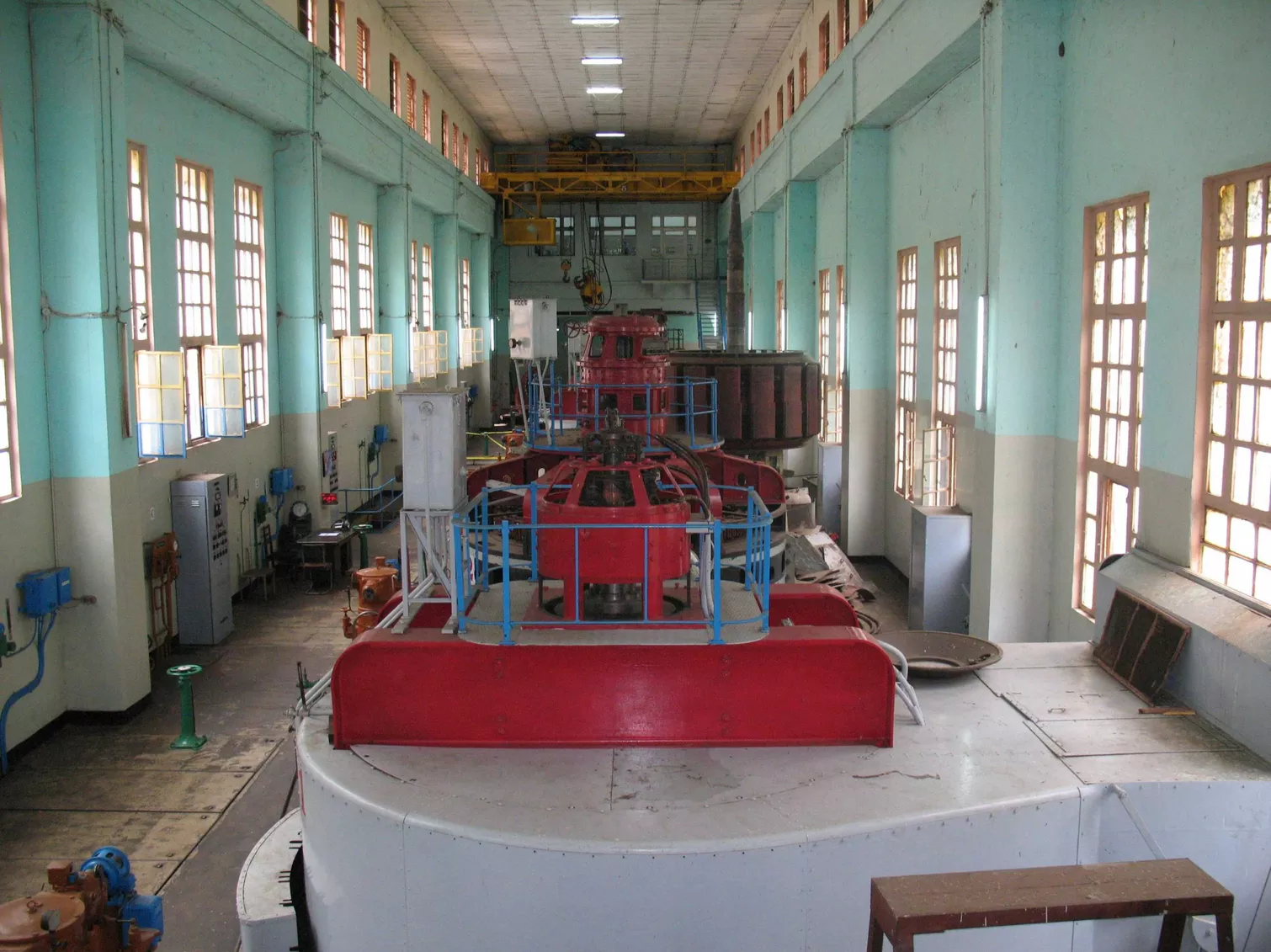Energy and Mines
The transition to clean energy requires certain raw materials that are often obtained through mining. Renewable energy technologies, such as solar panels, wind turbines, and electric vehicle batteries, rely on various minerals and metals for their production. Some examples include lithium, cobalt, nickel, rare earth elements, and copper. It's important to acknowledge that mining for these raw materials can have environmental and social impacts. And that the mining industry contributes significantly to global greenhouse gas emissions.
In order to pursue more sustainable mining operations and to reduce the environmental impact of such operations, many mining companies are making the switch to renewable energy sources, such as hydropower and solar power. Not only are these solutions more sustainable for our environment, but they have also become increasingly cost-effective in recent years
Implementing renewable energy solutions for mining operations may however have some challenges. The intermittent nature of renewable energy sources (such as solar and wind) and the need for consistent power supply in mining operations may require energy storage solutions or hybrid systems combining renewable energy with backup power sources. Additionally, the specific feasibility of renewable energy integration depends on factors like resource availability, location, and the scale of the mining operation.
There are a number of potential benefits of using renewable energy in mining:
- Reduced greenhouse gas emissions: Fossil fuel-based power generation is a significant source of greenhouse gas emissions. By shifting to renewable energy sources, mines can lower their carbon emissions and contribute to mitigating climate change.
- Cost savings: While the upfront investment for renewable energy systems can be significant, in the long run, renewable energy can often be more cost-effective than traditional energy sources. Solar and wind energy costs have been declining in recent years, making them increasingly competitive with fossil fuels. Depending on the specific location and resources available, renewable energy systems can offer cost savings on operational expenses.
- Energy independence and security: Mines often operate in remote areas where access to traditional power infrastructure may be limited or expensive. By deploying renewable energy systems, mines can become more self-sufficient in meeting their energy needs and reduce their dependence on external energy sources.
- Improved community relations: Mining operations can sometimes face resistance from local communities due to concerns about environmental and social impacts. Adopting renewable energy technologies can help mining companies demonstrate their commitment to sustainability and responsible practices, which can contribute to better community relations.
Advantages and Challenges of Implementing Hybrid Solutions for Mining: A Focus on Renewable Energy Integration
Hybrid solutions in the context of mining refer to the integration of renewable energy sources with conventional power generation or energy storage systems. These solutions aim to address the intermittent nature of renewable energy and ensure a reliable and consistent power supply for mining operations. Here are a few examples of hybrid solutions that can be employed in mining:
Renewable Energy and Diesel/Gas Generators: One common hybrid approach is to combine renewable energy sources, such as solar or wind, with conventional diesel or gas generators. During periods of high renewable energy generation, the power demand can be met primarily by renewable sources. When renewable generation is low or unavailable, the generators can kick in to provide a stable power supply. This approach reduces the reliance on fossil fuels and lowers emissions while ensuring a continuous energy supply.
Renewable Energy and Energy Storage: Energy storage systems, such as batteries, can complement renewable energy sources in mining operations. Excess energy generated by renewables during peak production periods can be stored in batteries and used when the demand is high or renewable generation is low. Energy storage provides a buffer, allowing mining operations to have a reliable power supply without solely relying on fossil fuel-based backup sources.
Renewable Energy and Grid Connection: In some cases, mines may have access to the electricity grid. In such situations, a hybrid solution can involve drawing power from the grid during times of low demand or high renewable energy generation, while relying on renewable energy sources during peak demand or when grid power is expensive or unreliable. This approach helps optimize the use of renewable energy while maintaining a connection to the grid for backup or additional power supply.
Hybrid solutions provide several benefits for mining operations. They can help reduce greenhouse gas emissions, decrease reliance on fossil fuels, and lower operational costs. Additionally, they enhance energy resilience, ensuring a continuous power supply even in situations where renewable energy generation is variable.
However, implementing hybrid solutions requires careful planning and consideration of various factors, including the specific energy needs of the mine, available renewable resources, energy storage capacity, and the grid infrastructure. It's crucial to conduct feasibility studies, analyze energy demand patterns, and assess the economic viability of different hybrid configurations to design an optimal solution for each mining operation.
The advancements in renewable energy technologies and energy storage systems are making hybrid solutions more accessible and cost-effective. As these technologies continue to evolve, we can expect to see greater adoption of hybrid solutions in the mining sector, facilitating a transition toward cleaner and more sustainable mining practices.
What services does Gruner provide the mining industry?
At Gruner, we understand the critical need for reliable and efficient power plants in mining operations. That’s why our team of experts are dedicated to providing top-of-the-line design and supervision services for renewable energy power plants – namely hydropower and photovoltaic power plants.
We have decades of experience in the renewable energy industry, so you can count on us to provide timely solutions that meet your needs. Our design process begins by assessing your current situation and goals, then developing a custom strategy to best meet them. We take into account everything from existing infrastructure to potential environmental impacts, so you can be sure that the final product is comprehensive and optimized for maximum efficiency.
Once the design is complete, our team of experienced project managers and renewable energy experts will be on hand to ensure all aspects of the construction are carried out according to plan. With optimal safety and security measures in place, you can trust that your renewable energy power plant is being built with the highest standards in mind.
Our most recent project is the rehabilitation and upgrade of the Mwadingusha hydropower plant in the Democratic Republic of Congo.
Other projects include:
The design and supervision of the construction of the Air Insulated 220kV substation on the Gecamines concession
The design and supervision of the construction of the 220 kV transmission line from the NRO substation to Kakula serving Sicomines and Kamoa mines
The design and supervision of the construction of the 120 kV transmission line from T-off at Kisenge to the Kamoa copper mines



